Indian scientists do a first, find something special on Mars
Indian scientists have discovered solitary waves around Mars for the first time.
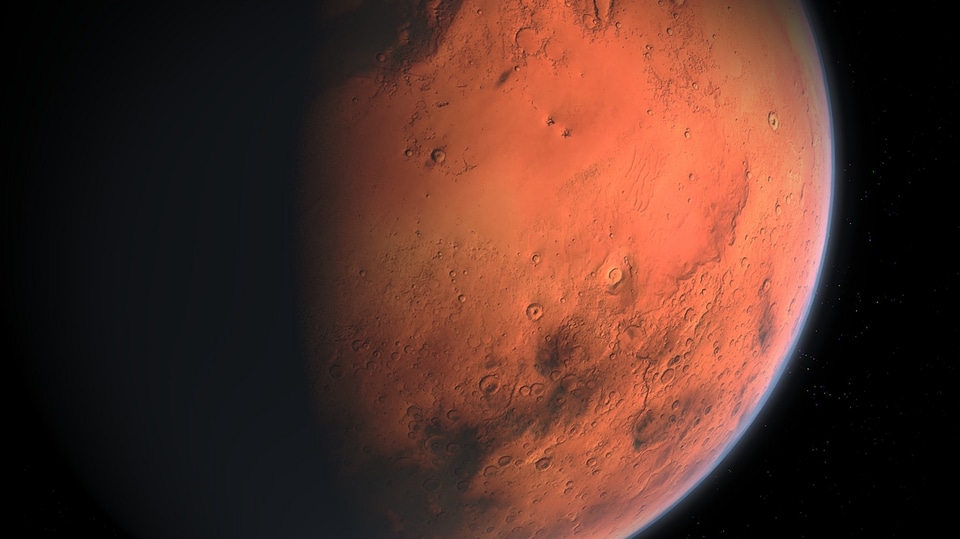
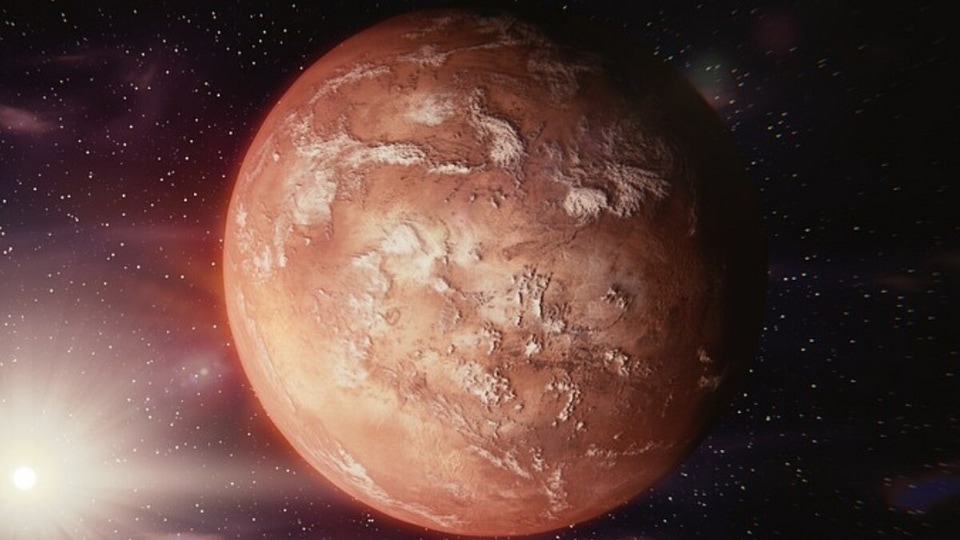
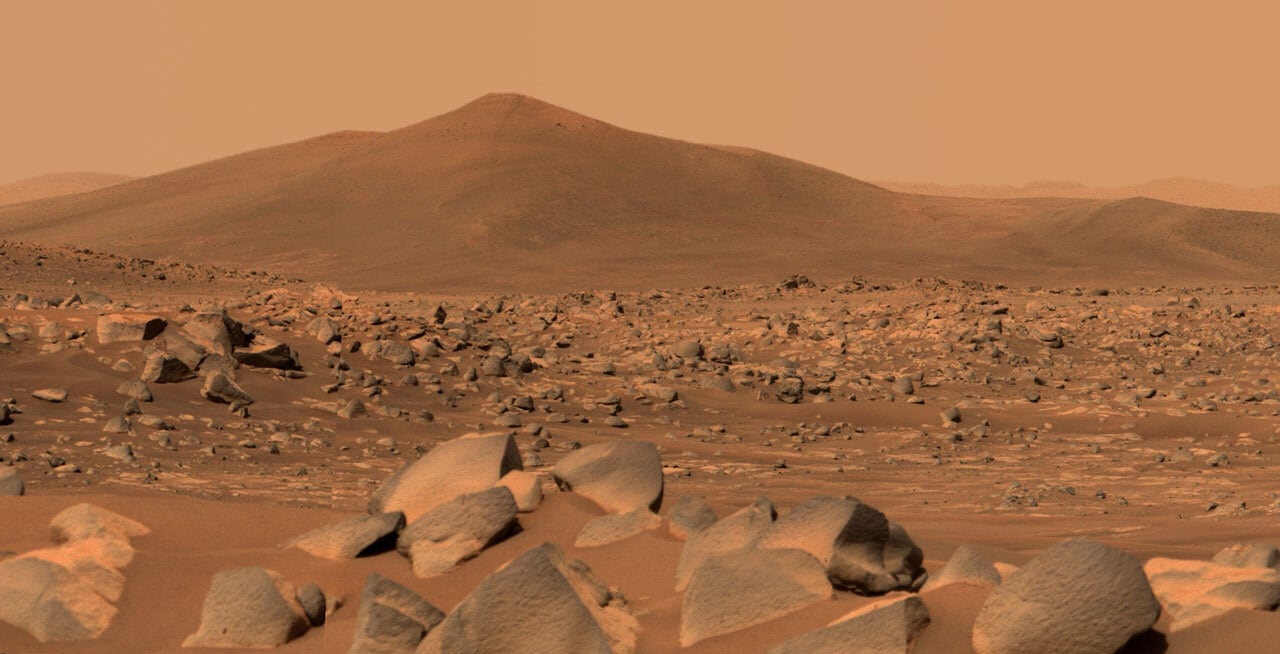

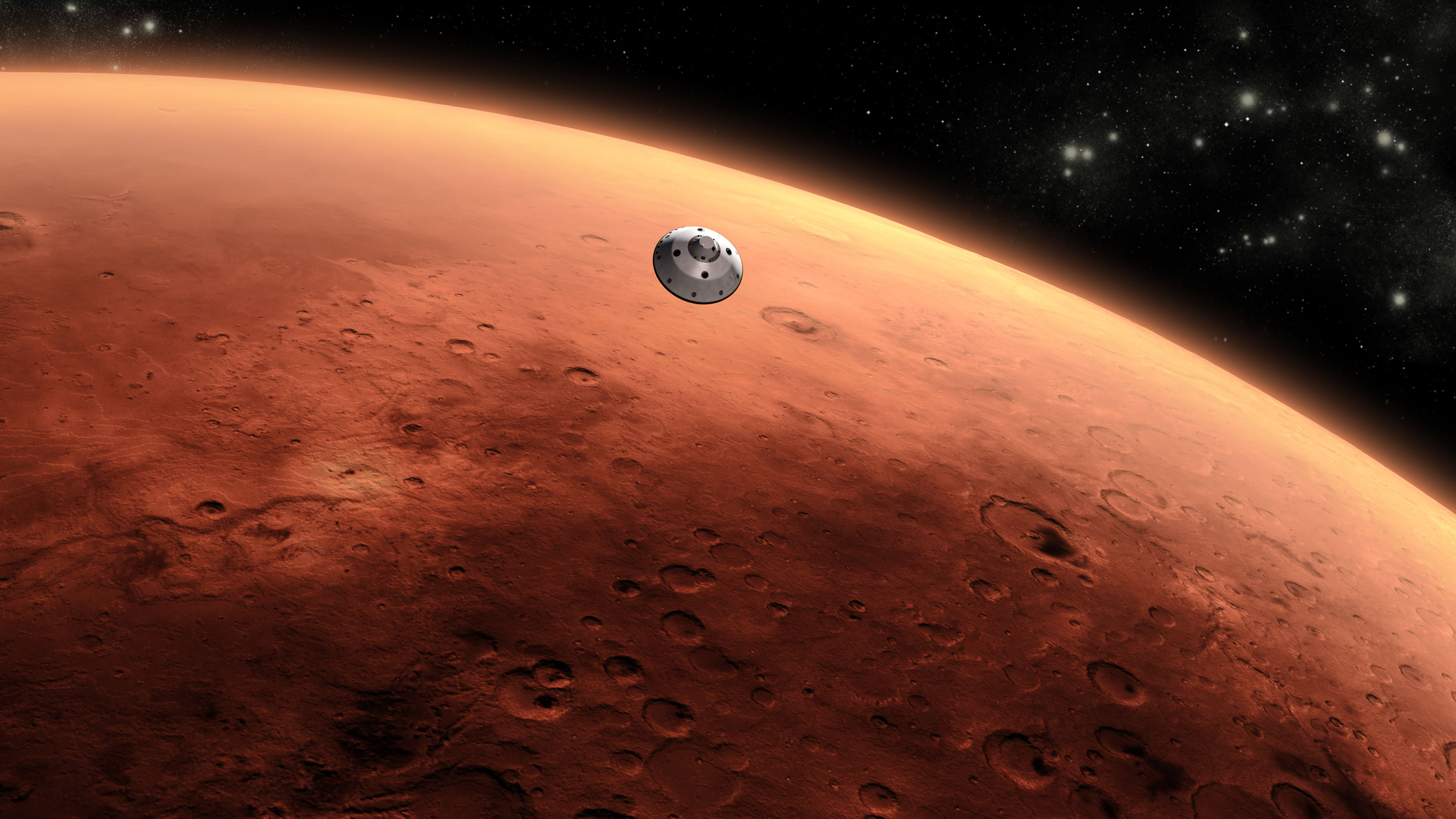
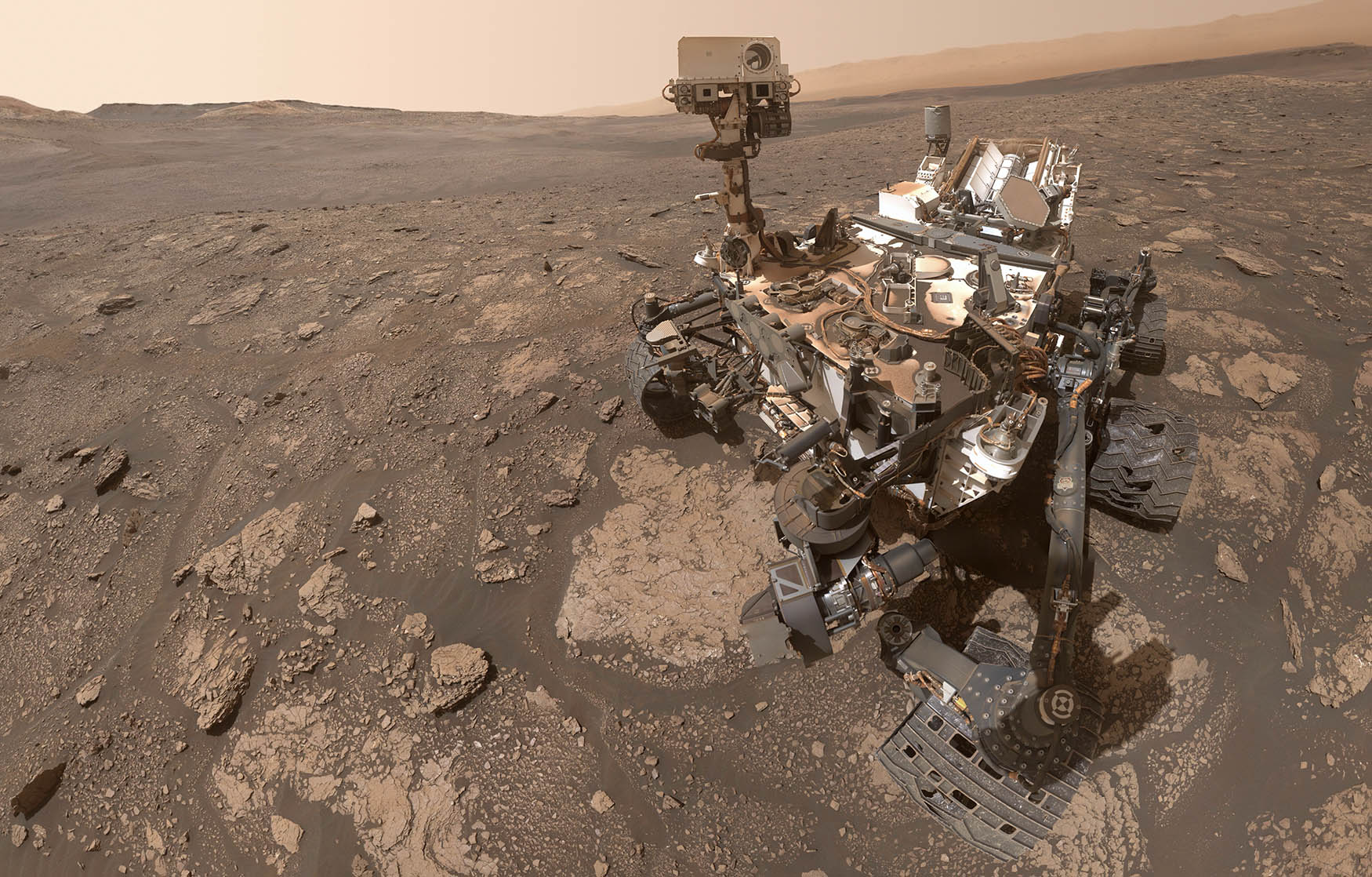
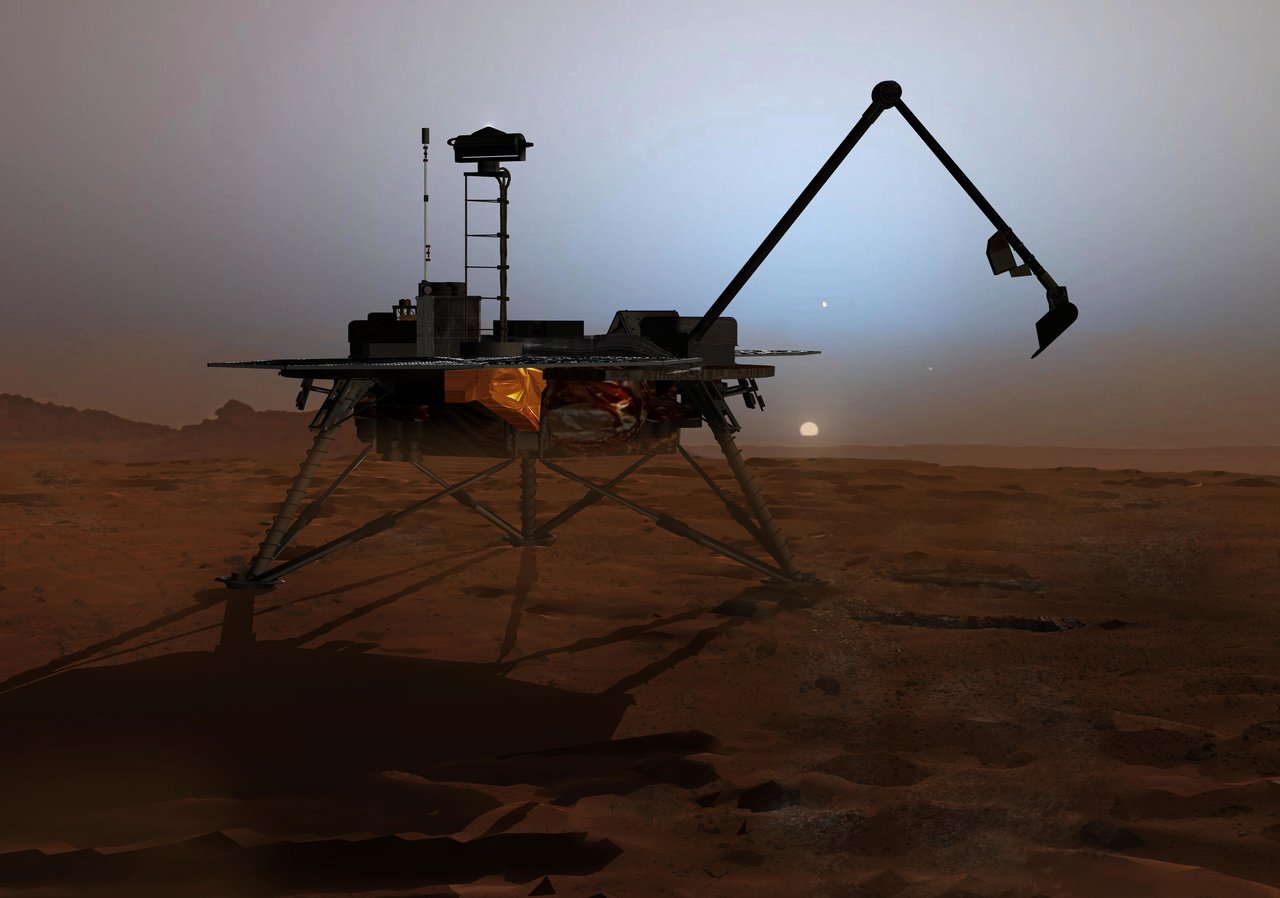
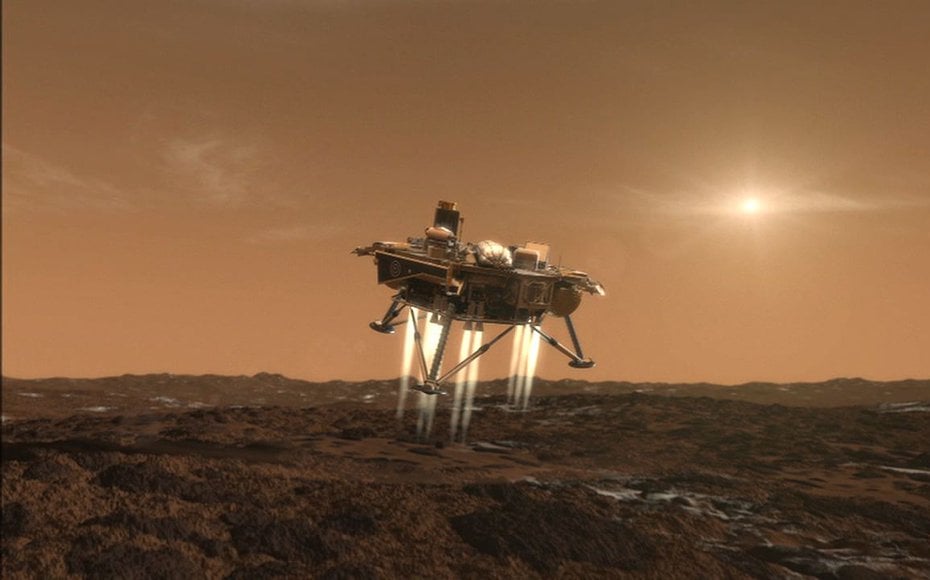
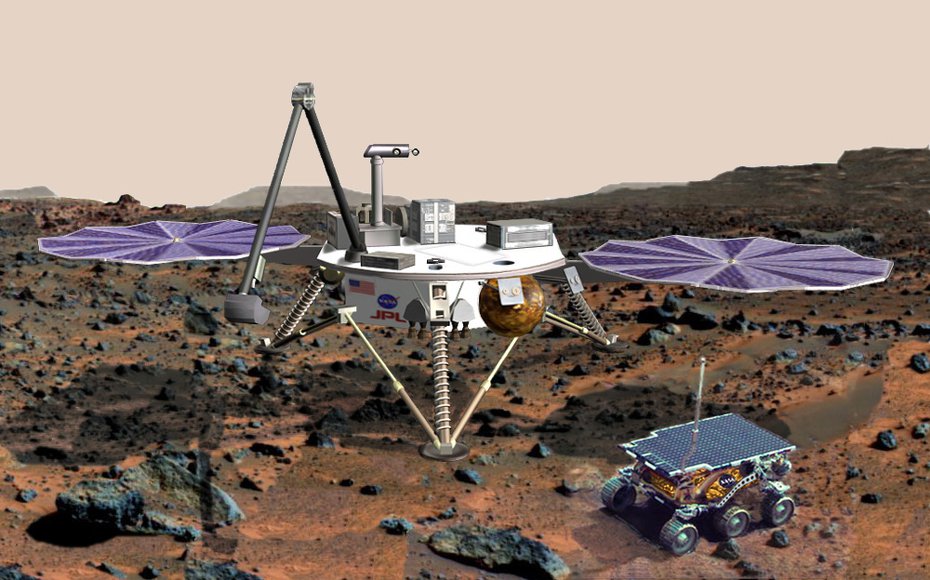

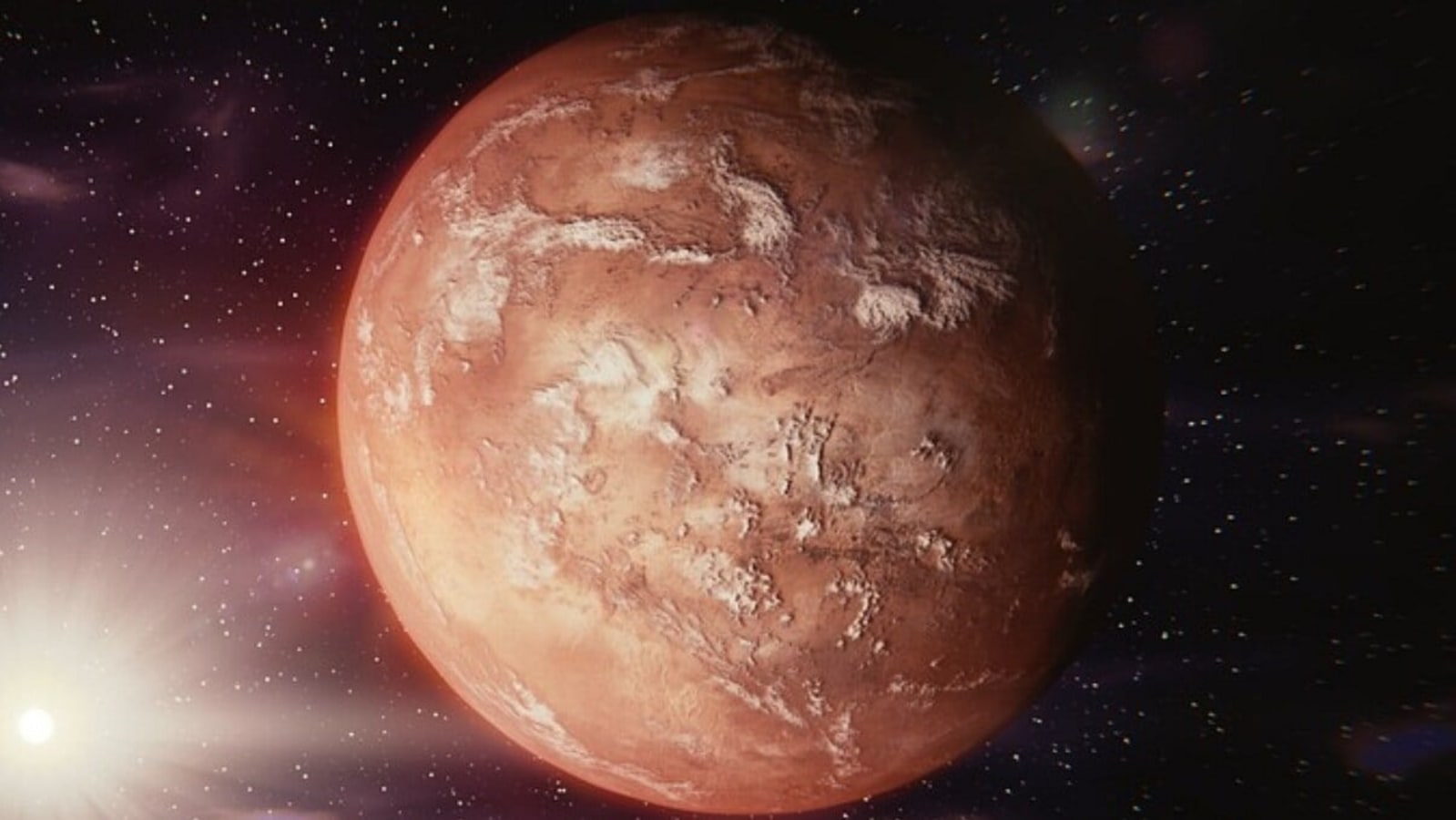
 View all Images
View all ImagesIn a first-of-its-kind discovery, a team of Indian scientists has found the presence of solitary waves around Mars. The discovery was made possible with the help of high-resolution electric field data recorded by Langmuir Probe and Waves instrument on NASA's Mars Atmosphere and Volatile Evolution (MAVEN) spacecraft. A team of researchers from the Indian Institute of Geomagnetism (IIG) identified these solitary waves on the red planet.
A solitary wave is basically one that propagates without any temporal evolution in shape or size when it is seen in the reference frame moving with the group velocity of the wave. In this case, these solitary waves are distinct electric field fluctuations in the Martian magnetosphere. The researchers analyzed 450 solitary wave pulses observed by the MAVEN spacecraft during its five passes around Mars back in February 2015.
In the case of Earth, researchers believe that Earth is like a magnet, while its magnetic field works as a protective shield from the hazardous and high-speed charged particles which are transmitted from the Sun. But it works differently for Mars, as it doesn't have a magnetic field. This allows solar wind particles to directly impact Mars' atmosphere. So far, researchers believed that planets like Mars with thin magnetosphere can observe frequent occurrences of solitary waves, but sadly, there was no proof yet.
Now, Indian researchers have found that the Martian magnetosphere is highly dynamic and hence, it directly interacts with solar winds. "The ambient plasma conditions suggest that these pulses are quasi-parallel to the ambient magnetic field and can be considered electrostatic. These pulses are dominantly seen in the dawn (5–6 LT) and afternoon-dusk (15–18 LT) sectors at an altitude of 1000–3500 km. The frequencies of these electric field pulses are close to the ion plasma frequency which suggests that their formation is governed by ion dynamic," the research paper explained.
However, the team is still exploring the role of these waves in the particle dynamics in the Martian magnetosphere.
About NASA MAVEN spacecraft
The Mars Atmosphere and Volatile EvolutioN (MAVEN) mission is part of NASA's Mars Scout program, launched in November 2013 to explore the Red Planet's upper atmosphere, ionosphere and interactions with the sun and solar wind. According to NASA, scientists use MAVEN data to determine the role that loss of volatiles from the Mars atmosphere to space has played through time. It provides a deep insight into the history of atmosphere and climate, liquid water, and planetary habitability of Mars.
Catch all the Latest Tech News, Mobile News, Laptop News, Gaming news, Wearables News , How To News, also keep up with us on Whatsapp channel,Twitter, Facebook, Google News, and Instagram. For our latest videos, subscribe to our YouTube channel.






























